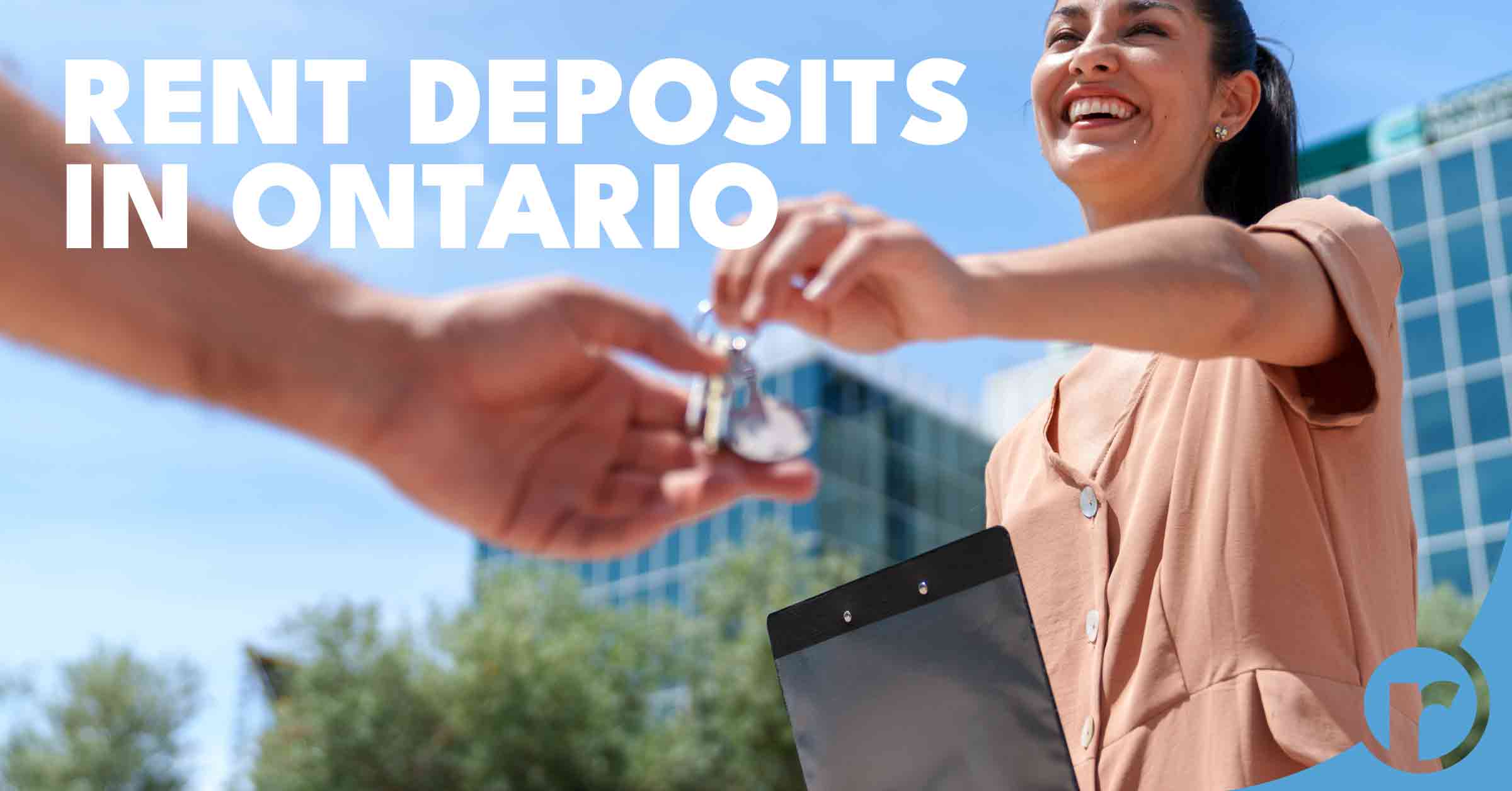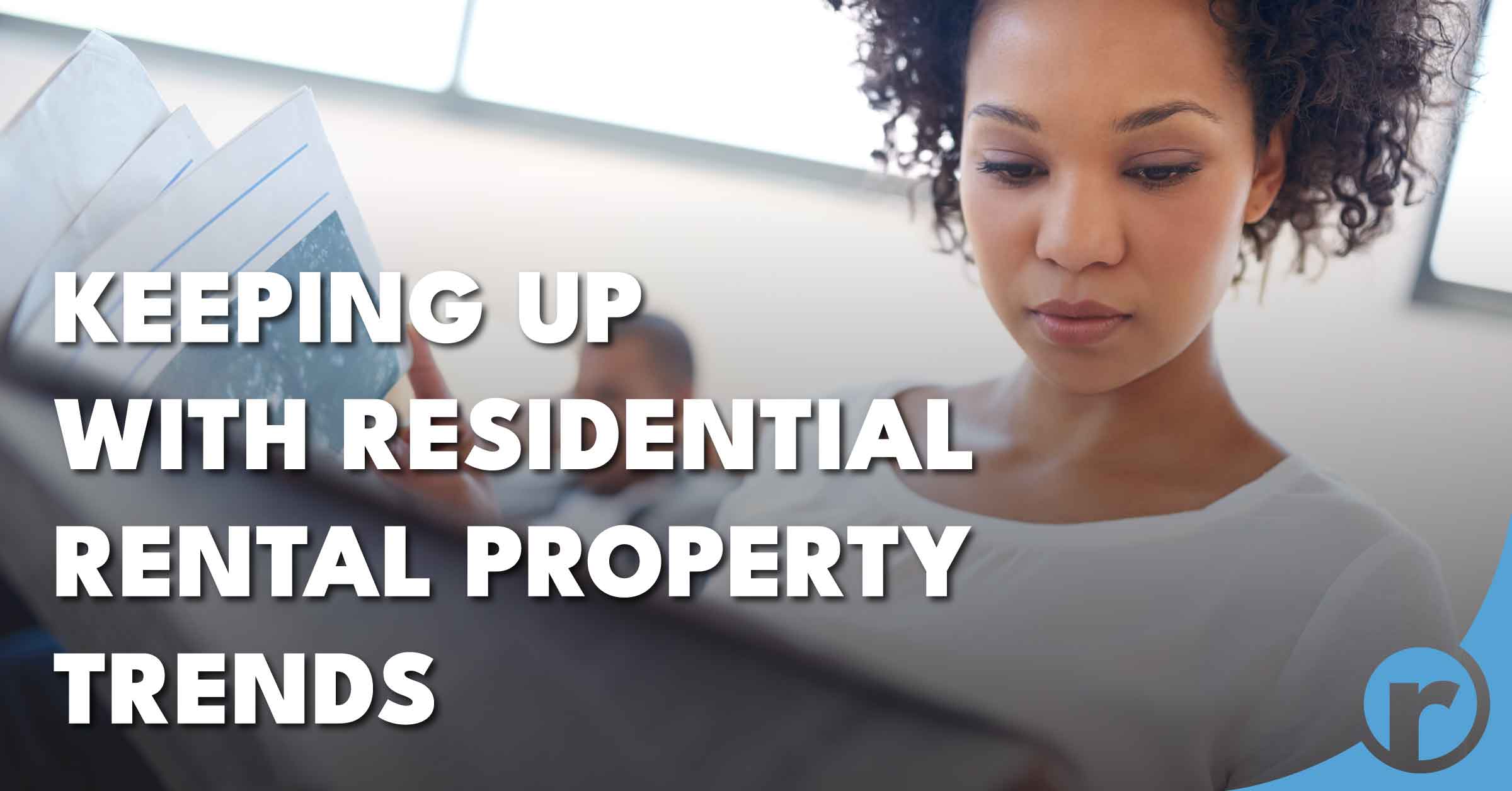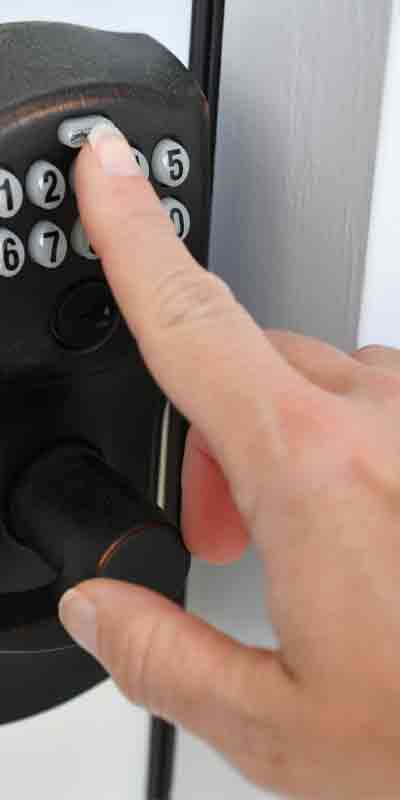Security deposits play a pivotal role in the leasing process. This step-by-step guide will walk landlords through the intricacies of handling security deposits, promoting transparency and compliance with legal requirements.
Collecting and Documenting Security Deposits:
In Ontario, the only security deposits a Landlord is permitted to require is the equivalent to one month’s rent and a key deposit. Both of these items should be clearly listed in your Agreement to Lease, and must be filled in on the Ontario Standard form of Lease.
The Last Month of Rent
The one month of rent is typically used for the last month of the tenant’s tenancy –not to be confused with the last month of the signed lease agreement. If the initial lease agreement ends on January 31st, but the tenant wants to stay at the property for several more months, the tenant would pay the Landlord on January 1st, and the security deposit would be held until the last month of their tenancy, which could be three months or three years down the road –keep in mind that tenants must provide sixty-days notice, which makes it easy to know which month the deposit goes toward.
Key Deposits in Ontario
Landlords are able to hold a key deposit which is used towards the replacement of keys and should not exceed a reasonable amount for replacing them. The wording of this clause is a bit vague as lost keys could also result in requiring a locksmith, replacing electronic key fobs, or a combination of them all. Whatever the amount, select a reasonable replacement cost and collect the funds at the beginning of the lease.
Paying Interest on Deposits
In Ontario, Landlords must pay interest annually on the deposits they hold. The amount of interest due is calculated using simple interest and calculating it based on the prescribed annual rental increase percentage that the Landlord and Tenant Board announces yearly. You can pay the tenant this amount or reduce on month of rent by the amount due.
For example, if the annual rent increase is set at 2.5% and you hold a $2000 deposit, the tenant would be due $50 at the end of the twelve-month period.
Most landlords do not do this, but if you find yourself in court over something, it would be prudent to be able to show that you have followed the rules.
Can Rental Deposits be Used for Repairs
No. You cannot use the tenant’s deposit to cover repair costs. If your tenant has caused damage to the property, you should follow the appropriate channels through the Landlord and Tenant Board to seek compensation.
Pet Deposits in Ontario
Can a Landlord require pet deposits in Ontario? The answer is no. However, we have handled over a thousand leases, and in a competitive marketplace where it’s challenging to secure a property, we would suggest a tenant be open-minded to offering a reasonable amount to put a Landlord at ease.
Further, to protect yourself –tenants and landlords, take detailed photos of the property at the beginning of the lease to ensure that any new damage can be distinguished from existing damage come the end of the lease. And don’t just save those photos on your phone, share them with the landlord or tenant and get confirmation of receipt.
Topping Up Last Month’s Rent
To finish off this blog, it’s important to know that Landlords have the right to require the tenant to top up the last month of rent as rent increases are prescribed. For example, if the tenant’s rent is currently $2,000 per month, and the landlord holds a $2,000 deposit when the Landlord increases rent, say to $2,050 after the first twelve months, the Tenant must provide an additional $50 to the landlord so that the deposit they hold covers the equivalent to one month of rent based on the new rent.












